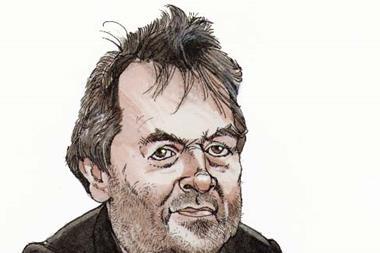Local council pension funds from London and Manchester have created a £500m (€654m) investment vehicle for infrastructure and alternative assets, amid increasing collaboration between London and Northwest England.
The special purpose vehicle will be jointly owned by the Greater Manchester Pension Fund (GMPF) and the London Pension Fund Authority (LPFA) and look to boost the funds’ below-benchmark allocations to alternatives.
The £13bn GMPF invests £130m in the asset class, around £260m below its target allocation, while the £4.9bn LFPA currently allocates £170m (3%).
Both pension funds will put £250m into the fund, which they said would have a fairly liberal definition of infrastructure, including property, utilities, listed infrastructure and core and non-core assets.
The co-owned vehicle will see the funds analyse opportunities and make investment decisions jointly using pre-existing internal capabilities and expertise.
Councillor Kieran Quinn, chair of the GMPF, said his fund had been doing deals on a smaller scale for two decades and that investors felt able to approach it with opportunities.
“What is different about this fund is it takes away one of the constraints to [investing in infrastructure],” he said.
“When the chancellor goes seeking resources to invest in UK plc, he rarely knocks on pension funds’ doors. So what we are trying to say here is that we can do things differently and scale up the opportunities.”
Chief executive of the LPFA, Susan Martin, said the vehicle would be able to seek out appropriate risk/return investment opportunities using the shared resources of the funds.
“£500m is a game-changing amount,” she said.
“Both funds already have opportunities brought them, so we can share that deal flow and assess it without resources. I would imagine we would get more interest, and be more attractive, working together.”
The vehicle will look to make investments over the next four years, with a Manchester and London focus, but assessing all viable opportunities.
Quinn added: “There are some bigger transnational schemes we think we can assist with.
“It is about being able to knock on the door. Some say you cannot knock on the door with £500m, but we are saying we have the resources to start ensuring people look to us for solutions.
“That might be about creating a larger entity by encouraging other pension funds to come forward and join us.”
GMPF neighbour, the Lancashire County Pension Fund, and the LPFA also recently announced an asset-liability management partnership, creating a £10bn investment fund.
This will see the two pension funds pool assets and jointly manage liabilities while merging governance and administration.
Martin said the entirely separate arrangement with Lancashire was significantly more complicated than the infrastructure fund.
“As part of the pooling of the assets [with Lancashire], the LPFA and GMPF tie-up will come through the asset-liability management,” she said. “But they will be separate organisations.
The LPFA was originally one of 10 founding members of a similar fund led by the Pension Protection Fund (PPF) and the National Association of Pension Funds (NAPF).
However, the London fund left the Pensions Infrastructure Platform (PIP) citing cost issues and expected risk/return profiles.
The BAE Pension Fund and the BT Pension Scheme also left for similar reasons.
“This is different in many ways to the PIP, as it is not setting up and resourcing a new company,” Martin said.
“It is taking current expertise and doing things direct and as co-investment. The risk/return is slightly different.”
The LPFA, GMPF and Lancashire all advocated greater collaboration between local government pension schemes (LGPS) in a recent government consultation.
The UK government is expected to shortly announce its decision on whether to mandate LGPS funds to passively invest all listed assets using collective investment vehicles.
Quinn added: “The challenge that was set by government was collaboration, and how we have met that is by making that significant statement that we are up for this.”










